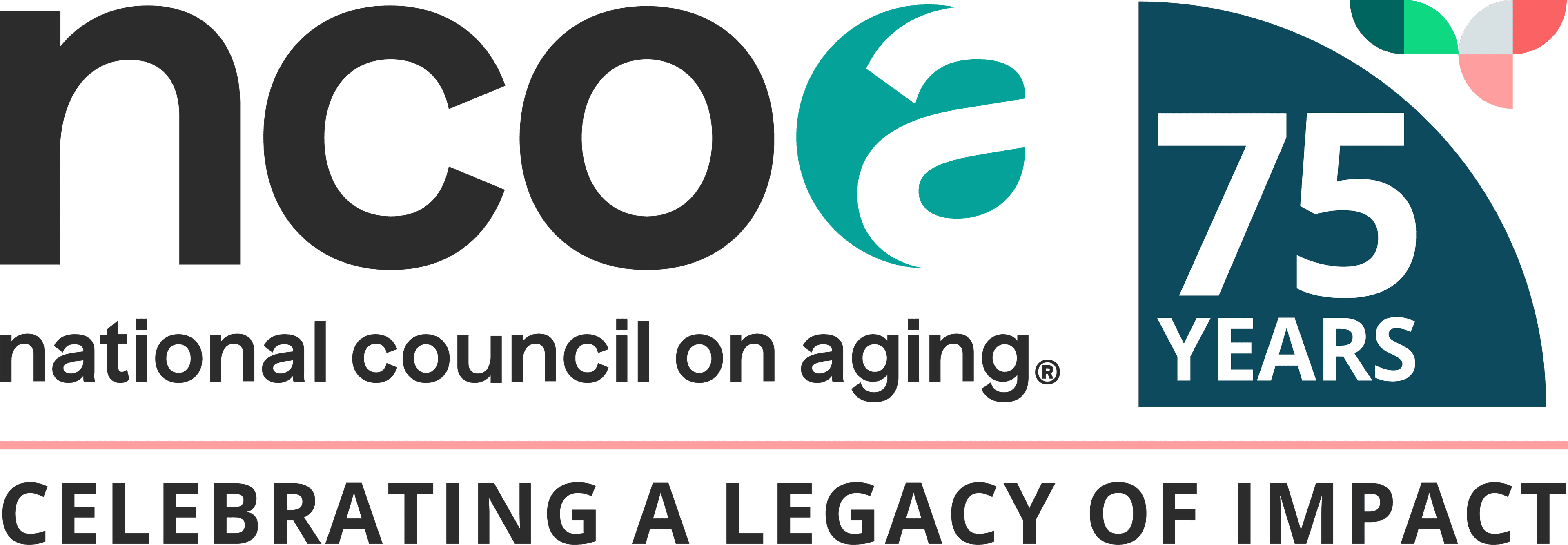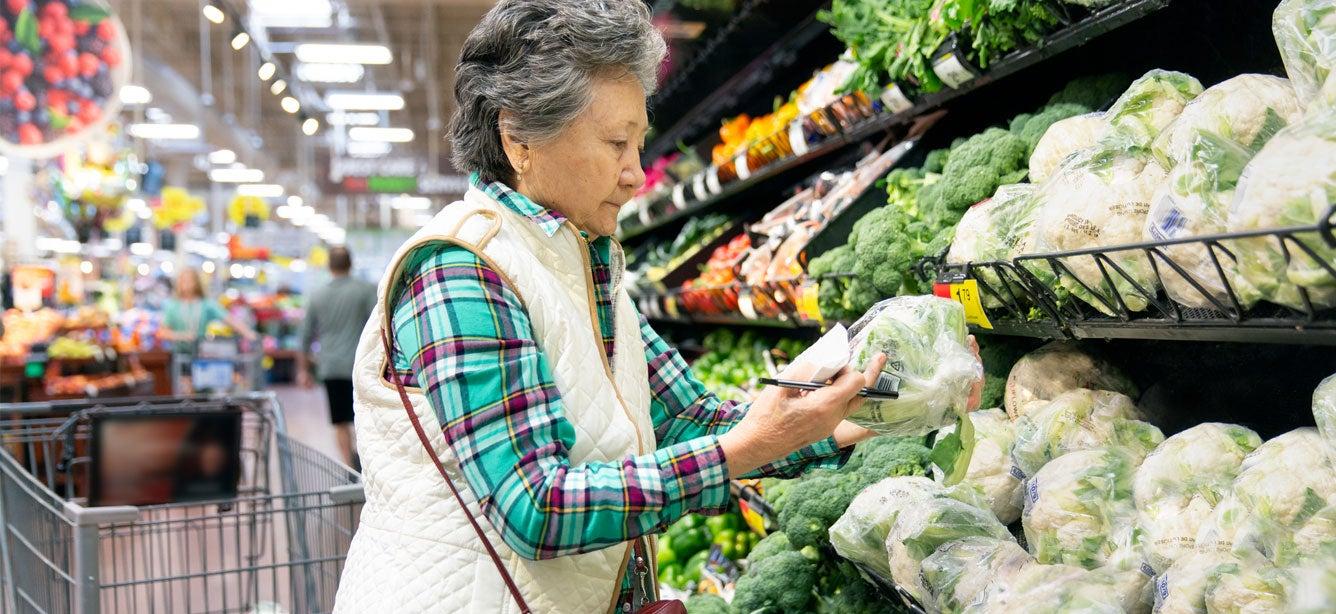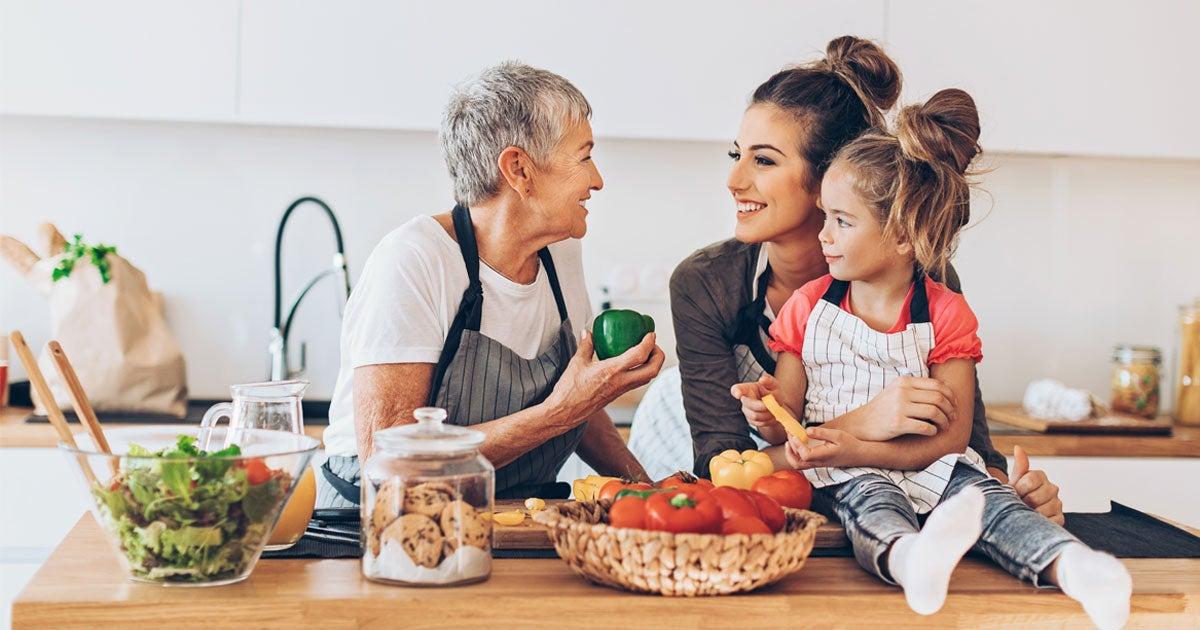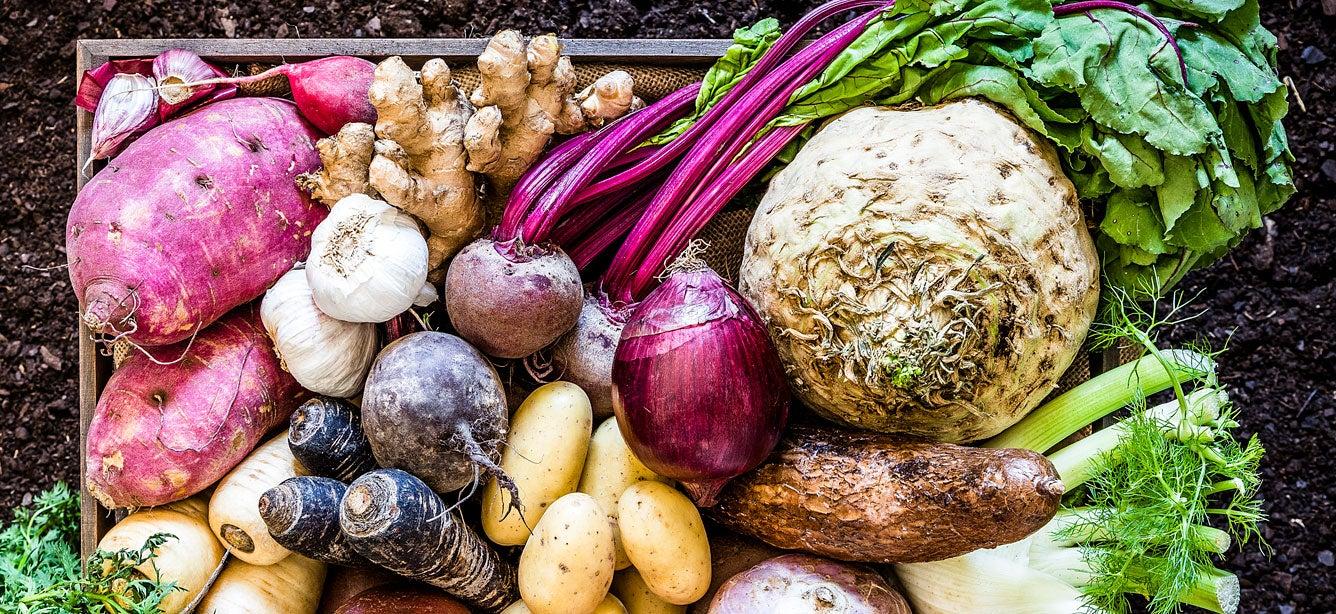How SNAP Helps Older Adults Like Mary Stay Nourished and Independent — A Neighbor’s Story
4 min read

Related Topics
For millions of older adults, stretching a fixed income to cover rent, medications, and daily necessities can feel overwhelming. Food is often the first budget item to be compromised. The Supplemental Nutrition Assistance Program (SNAP) is a vital lifeline that helps low-income seniors access nutritious food, supporting healthy aging and independence. Yet many eligible older adults don’t apply, often due to confusing processes or physical barriers.
Dustin Parks, the program supervisor at FeedMore, has seen firsthand the difference SNAP can make—not just in dollars, but in dignity and connection. “I first met Mary about a year and a half ago when she reached out for some help with her SNAP application,” Dustin recalls.
Since Mary, pictured above, has limited mobility and no transportation, Dustin happily went to her location for their appointment. "She was incredibly grateful that I could come to her, which really helped remove one of the barriers she faced in trying to apply for SNAP,” he said.
What is SNAP and who is eligible?
SNAP, formerly known as Food Stamps, is a federal nutrition assistance program that helps millions of Americans, including older adults, buy food. To qualify, applicants must meet income and resource guidelines that vary by state. In general, seniors age 60 and older who have limited income and assets may be eligible.
Currently, 6.5 million households that include an adult age 60 or over participate in SNAP.1 On average, they receive $188 per month to help pay for groceries,1 which contributes to a 30% reduction in food insecurity prevalence overall.2
SNAP benefits come on an electronic EBT card that can be used at grocery stores, farmers markets, and some co-ops to buy fruits, vegetables, meat, dairy, bread, and other essentials. The goal is to improve food security and nutrition, which are key to maintaining health and independence as we age.
How SNAP supports healthy aging
Research shows that good nutrition can prevent or delay chronic diseases common in older adults, including diabetes, heart disease, and osteoporosis. SNAP is more than just money for food—it’s an investment in health.
People with SNAP often have better overall health outcomes and fewer hospital visits. SNAP recipients are also less likely to experience food insecurity, which has been linked to cognitive decline and depression in seniors.
But despite these benefits, many eligible older adults don’t bother applying for SNAP due to its seemingly complex application (which all vary depending on the state you live in), lack of awareness of the program, or the stigma associated with receiving a food assistance benefit.
Removing barriers to SNAP through personalized support
Dustin and the team at FeedMore understand these challenges deeply. FeedMore, an NCOA SNAP enrollment center, designed the SNAP enrollment program to guide neighbors through every step of the application process, helping them gather necessary documents and understand what comes next.
“It’s comforting for neighbors when there's a point of contact for support," Dustin said. "We give each applicant a packet with all their tracking numbers and login information organized in one place.”
This personalized assistance transforms what can be an intimidating application process into something manageable and empowering.
In Mary’s case, that support made all the difference. “We sat down together and went through the application," FeedMore's Dustin said. "And she mentioned how much easier it felt to have support compared to trying to tackle it on her own.”
Mary’s SNAP benefits amount to $23 a month—modest, but meaningful. “It’s not a whole lot, but it does help fill in the gaps,” Dustin says. That extra help means Mary can buy fresh produce or supplement meals without sacrificing other essentials.
SNAP’s ripple effect in the community
SNAP benefits don’t stop with individuals. Mary, encouraged by her experience, has become an enthusiastic advocate for helping people enroll.
“Since applying, Mary has reached out to me for help finding food pantries in her area, assistance with renewals, and even to support her neighbors in her building,” Dustin said.
This kind of peer support strengthens communities and spreads awareness, helping more older adults tap into resources designed to help them live well.
How do I apply for SNAP?
Applying for SNAP doesn't have to be complex, and there are resources available to help.
NCOA recommends:
- Contact your local SNAP office or visit your state’s website to learn eligibility and apply. NCOA's BenefitsCheckUp.org can help with this.
- Gather documents like ID, proof of income, and rent or mortgage statements before you apply so you have all the information you need when working on your applicaiton.
- Seek local organizations or benefits enrollment centers, like Feed More, that provide personalized help.
Remember, SNAP is designed to be accessible. For seniors with mobility or transportation issues, many agencies offer in-home visits or phone appointments, as Jessie did for Mary.
A small benefit with a big impact
SNAP benefits may not cover all food costs, but as Mary’s story shows, the program can fill critical nutritional gaps and improve quality of life. For many older adults facing physical, financial, or logistical barriers, the right support to access SNAP can be a game changer.
Dustin from FeedMore sums it up best: “Our enrollment centers who are helping older adults apply for SNAP aren't just about the benefits — it’s about making sure neighbors know they’re not alone in this process and can access the food they need to stay healthy.”
If you or a loved one struggles with food costs, there are caring neighbors ready to help you take the next step.
Sources
1. USDA. Characteristics of Supplemental Nutrition Assistance Program Households: Fiscal Year 2023. April 2025. Found on the internet at https://fns-prod.azureedge.us/sites/default/files/resource-files/snap-FY23-Characteristics-Report.pdf
2. Center on Budget and Policy Priorities. SNAP is Linked with Improved Health Outcomes and Lower Health Care Costs. Dec. 14, 2022. Found on the internet at https://www.cbpp.org/research/food-assistance/snap-is-linked-with-improved-health-outcomes-and-lower-health-care-costs




